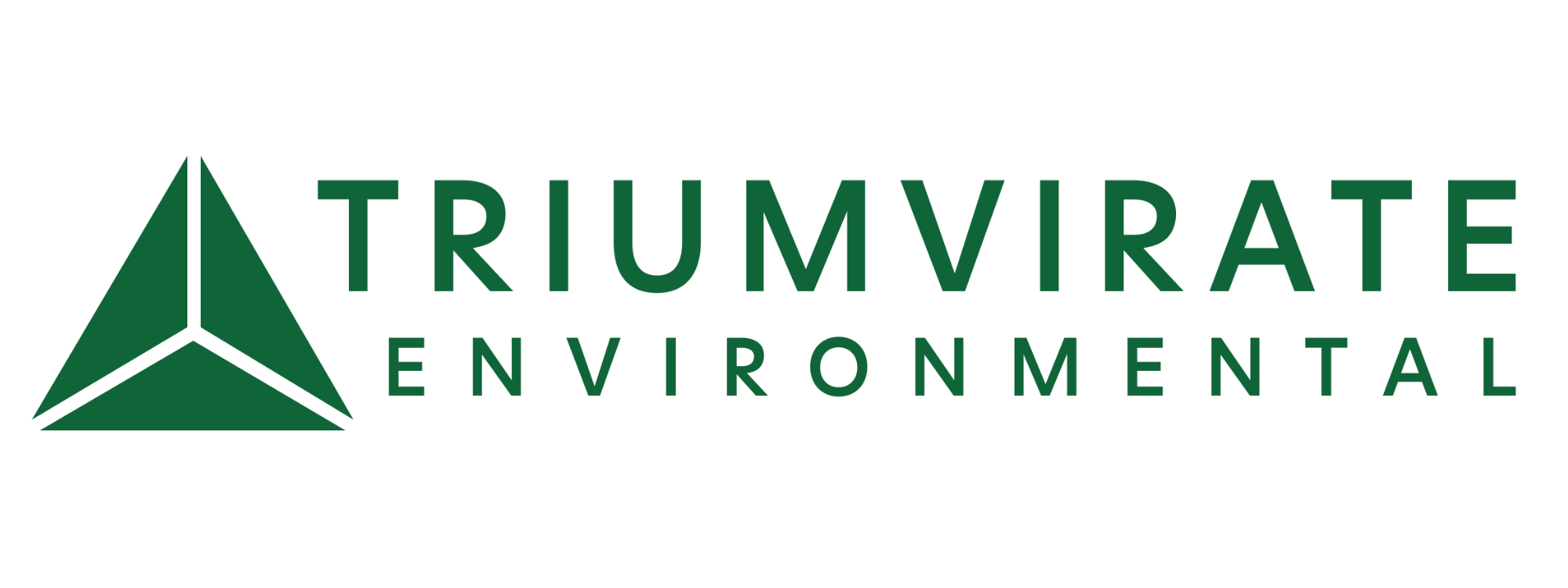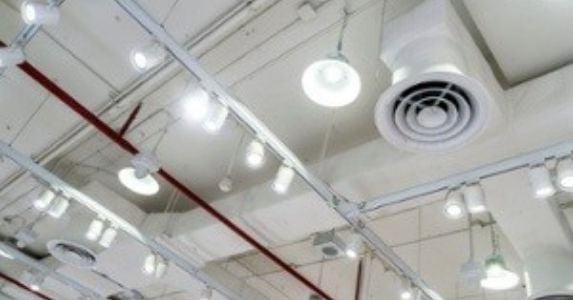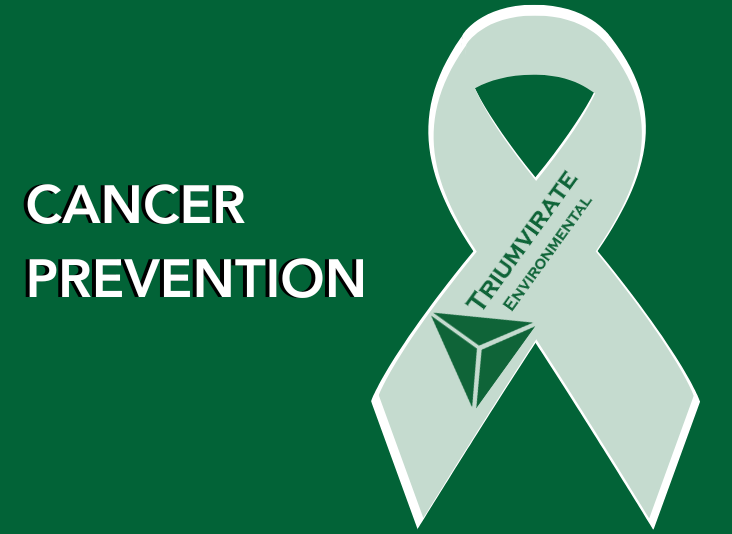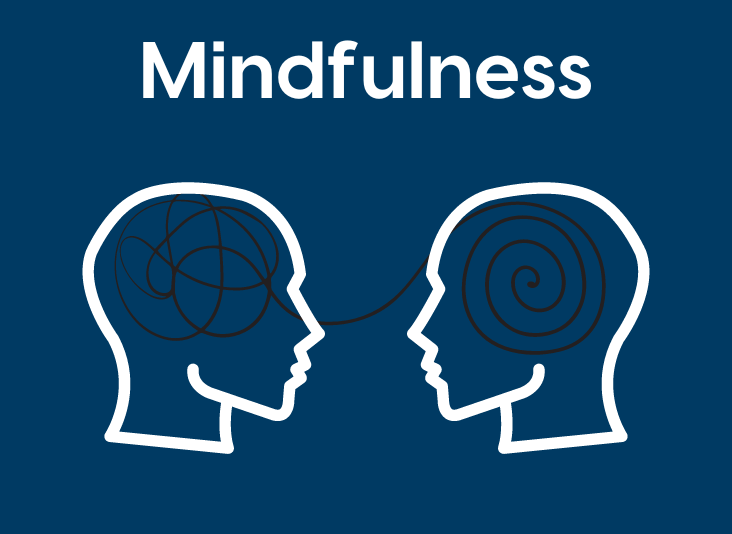How to Assess Your HVAC System to Combat SARS-CoV-2 Transmission
Organizations can maintain a safe workplace and greatly reduce the potential transmission of SARS-CoV-2 and the spread of Covid-19 illness by implementing various mitigation measures. In addition to social distancing, masks, protective equipment, barriers, and limited or reduced occupancy, there is the evaluation and increase of ventilation in occupied buildings using fresh outside air through HVAC safety and efficiency. Air filtration also can help reduce the spread of viruses and mitigate risk.
Returning to Occupancy
When returning to normal operations, precautions should include ensuring building systems – including the ventilation systems – are in optimal working conditions and adjusted to mitigate virus spreading. The Centers for Disease Control (CDC) and American Society of Heating, Refrigerating and Air Conditioning Engineers (ASHRAE) have guidelines for the operation of heating, ventilation, and air conditioning (HVAC) systems during the pandemic. You can follow ASHRAE’s standard 62.1 to assess and evaluate HVAC systems, and can consult the CDC’s guidelines to help you maintain a healthy environment.
HVAC Safety in Your Workplace
Keys to safely operating HVAC systems and maintaining healthy spaces include:
- Before HVAC operation:
- Review records for air quality issues, if any, at your organization in the past year;
- Inspect systems and conduct required preventative maintenance such as coil cleaning and filter replacement; and
- Disinfect rooms appropriately in accordance with CDC guidance.
- During HVAC operation:
- A week prior to occupancy, run the HVAC system in “occupied” mode;
- Disable occupancy sensors and the demand control ventilation system;
- Maintain the air temperature between 68 to 78 degrees Fahrenheit;
- For mechanical equipment, make sure all the filters are properly installed and establish a routine for replacement. The filtration should be maximized and within the capabilities of the equipment. Consider upgrading filters; HEPA filters may not be an appropriate option due to high pressure drops and the likelihood that systems will need new filtration for the best HVAC air quality.
- Perform an air flush before the building is occupied.
Managing Your HVAC System
The operations of HVAC systems can be managed centrally by a building management system (BMS). Validating information and operations at a BMS is important when confirming adjustments are performing as intended. Best practices include assessing and validating the systems and documenting the efforts to adjust and maximize performance.
Adjustments and changes to the current HVAC equipment, such as the operations and/or settings for the established schedule, may result in indoor air conditions that are not within guidance for a period of time, particularly on very hot and humid or cold days and with older or poorly performing HVAC systems. Changes to HVAC equipment and impacts on its capacity should be carefully considered. Any upgrades, modifications, additions, etc., to an HVAC system should be conducted by a knowledgeable HVAC technician.
Additional Air Quality Technologies
In addition to an HVAC system, your organization can use other technologies to improve indoor air quality. For example:
- Portable certified HEPA filtration units may assist with the reduction of airborne SARS-CoV-2. These units work to reduce the residence time and concentration of droplets and aerosols significantly. Filtration units generally run between 2 and 5 room air changes per hour. Portable filter units can be provided in spaces; however, please note that units can be noisy and disruptive.
- Ultraviolet (UV) light with wavelengths between 200 and 280 nanometers (UVC) may assist with the disinfection of airborne SARS-CoV-2. UVC for upper-room air irradiation can be conducted by installing lamps. Care must be taken as UVC light will damage eye tissue. Note, however, that overall effectiveness and installation guidance for the disinfection of SARS-CoV-2 has not been well established by available research.
- Heat recovery ventilators assist with the reduction of airborne SARS-CoV-2 virus in buildings. These units introduce fresh, outdoor air while transferring heat or coolness from indoor air.
Where possible, keep windows open to increase fresh air ventilation. However, open windows during the colder months will increase your heating costs. You could consider using fans to increase flow, but take caution with the direction of airflow. Also, building exhaust should be maximized to encourage fresh air ventilation; use care with any gas-burning equipment and appliances.
Combat Virus Transmission
These strategies and technologies help reduce risk of virus transmission via droplets and aerosols significantly. Combined with universal precautions (illness monitoring, masks, social distancing, cleaning), risks are managed in accordance with available guidance and best practices.
Triumvirate Environmental’s experts are skilled in evaluating HVAC safety systems and can assist your organization in reducing the spread of SARS-CoV-2 and Covid-19 through improving HVAC air quality. To learn more about all of the Covid-19 support services Triumvirate offers, please visit our Coronavirus (Covid-19) Decontamination & EHS Support Services page. To contact a member of our team, please dial (888)-834-9697 or click below.









.png)